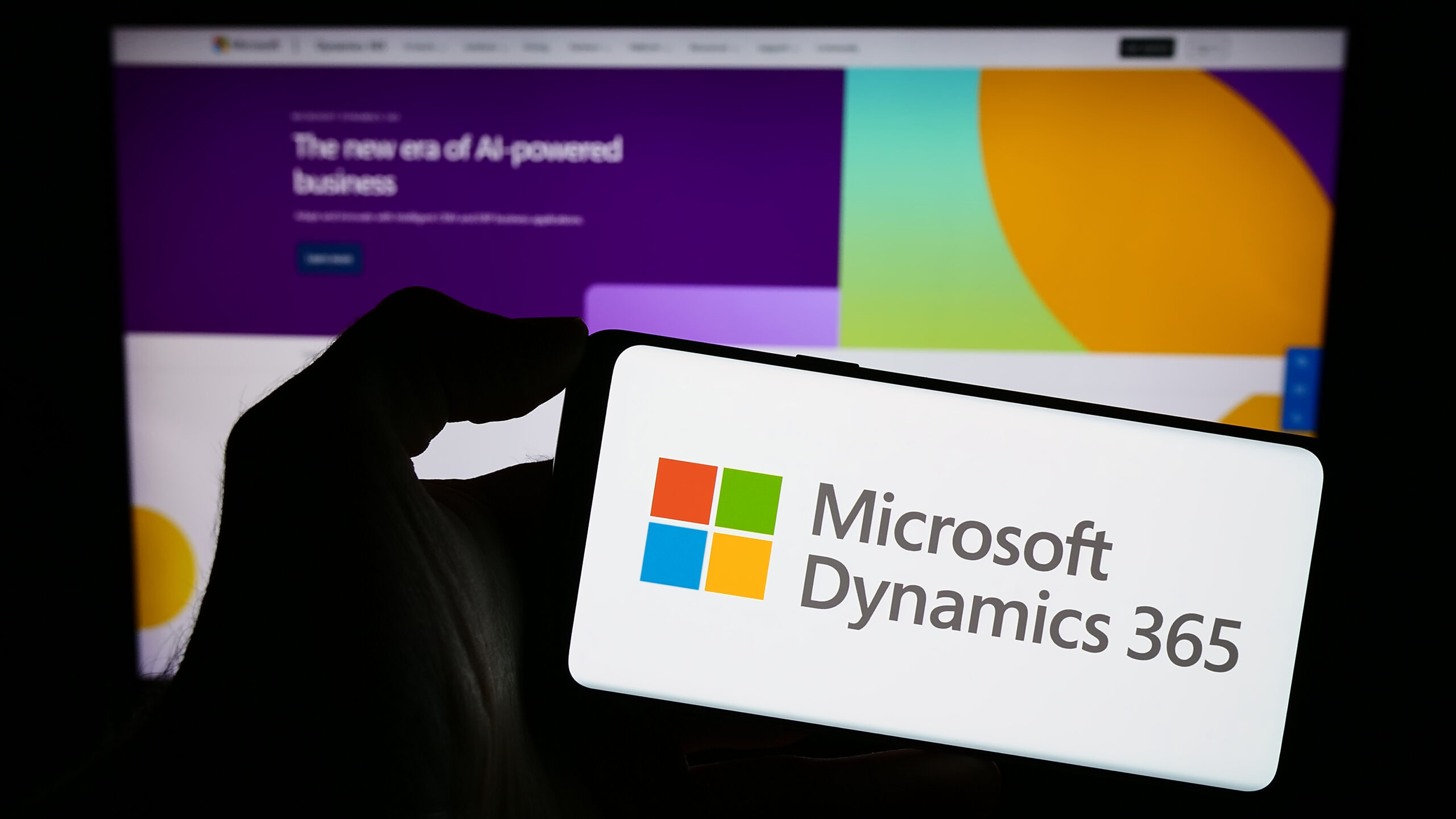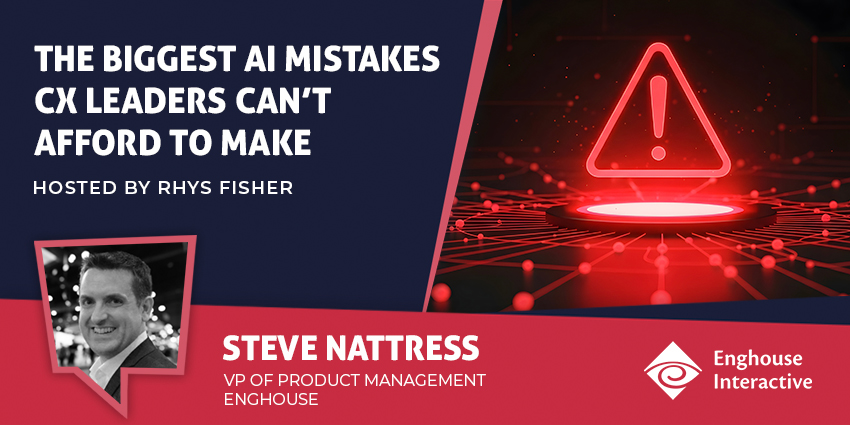Few areas of commerce and industry are as indicative of the UK’s switch to a service-based economy over the past three decades as the contact centre. And fuelled by new technology, new employment patterns and ever increasing consumer demand for better, faster, more personalised service, the number of contact centre seats continues to grow.
Modern customer service operations have come a long way from the switchboard-dominated call centres of the Nineties and Noughties. Today, customers are likely to choose WhatsApp or Facebook as their preferred method of directing a query to a company, or else seek self-help solutions through a company’s wiki page or forum.
And thanks to the flexibility of Cloud and mobile technologies, allowing instant connections throughout a business wherever staff might be located, customer service need no longer be ringfenced off as a specialist operation carried out by dedicated agents in a fixed location. Thanks to the latest routing technologies, specific queries can be automatically referred to specialist teams best equipped to deal with them without the need for a ‘front desk’ presence.
Contact centre technology is changing rapidly, and keeping pace when making buying decisions is not always easy. So as part of our contact centre solutions Technology Track series, we have put together the following 10-point guide to help business owners and CIOs out when it comes to making their next contact centre purchase.
1. Understand your business needs
It seems obvious, but if you don’t have a clear view on what you want to achieve from your contact centre, you are unlikely to make a purchasing decision which improves your business. Points to consider are how your service operations are currently organised, your 5 to 10 year growth plans, your financial circumstances, your staffing and, importantly, your customers.
Carry out some research into your customer habits before you look at a new solution. If you find that 99 per cent of all contact comes via the telephone, and your customer demographic is unlikely to be making the switch to social media any time soon, you probably don’t need to be looking at a brand new omni-channel system. If, however, your customer satisfaction ratings are falling flat and you are not getting much love about your online support resources, it may be time to modernise before you start losing customers.
2. Cloud vs On-Premises
Once you have sight of your business needs, the biggest decision to make will be to choose between an on-premises or cloud-based solution. Your financial circumstances will play a part in this decision. If you have a lot of spare capital washing around and don’t mind waiting on a mid- to long-term ROI, a CAPEX purchase of your own systems to run on your own premises may well suit. On the other hand, if you are looking to minimise capital costs, the OPEX model of a cloud service subscription is more likely to suit.
Other factors will also play their part. On-premises solutions, especially those based on a PABX, tend to suit larger, single site call centres focusing solely on telephone contact. But for multi-site operations, or those looking to extend the number of communication channels available to customers, cloud solutions tend to offer better value because they eliminate the need for additional hardware and make the integration of different software so much more simple.
3. Inbound routing
The different choices available for how customer queries are routed to an agent or staff member is worthy of an article in its own right. But the key question to ask is this – do you need to have queries routed to specific departments or specific people based on what the customer needs, or do you want all agents available to answer all calls as quickly as possible? The latter is generally sufficient for traditional call centres and small businesses, in which case simple Hunt Groups or Least Idle routing through an Automatic Call Distribution system (ACD) will do.
But if you want calls routed depending on specific criteria – say, the skills or knowledge of the agent, the nature of the query, or even background data about the specific customer picked up from a CRM system, you will need some kind of intelligent routing, usually based on interactive voice response (IVR) technology and caller ID recognition.
4. Outbound dialling
Contact centres are not just for inbound services dealing with customer operations. Outbound services, for example to conduct customer surveys or sales campaigns, are still a key part of call centre operations in particular.
If your business makes outbound calls at any kind of volume, an outbound dialler can help to manage operations more efficiently. They come in the following types:
- A preview dialler, which displays customer details to an agent before they make a call
- A predictive dialler, which automates call allocation according to agent availability
- A progressive dialler, which works like a predictive dialler but minimises lost or abandoned calls by terminating as soon as a dial tone is not detected
5. Omni-channel
If you want to encourage or enable customer contact by any other means aside from the telephone, you need to consider an omni-channel contact centre solution. Mainly cloud-based, the main benefit of omni-channel is that it integrates everything in one place. So whether your customers contact you by phone, web chat, email, social media or contact form, your agents pick up everything from one place. Likewise, all outcomes are archived and stored in the same place, so there is always a clear record of contact history with a specific customer no matter how they choose to get in touch.
6. Choosing a vendor
The golden rule here is simple – make sure you have a good look around at what is on offer before you make a decision. Invite two, three or more to make a pitch to you explaining how their products and services can meet your needs. Vendors such as Broadsoft, 8×8 and Avaya specialise in cloud-based, omni-channel services, while the likes of Cisco and Enghouse Interactive offer a mix of in-house, cloud and hybrid solutions for different sizes and types of contact centre. Tollring, meanwhile, specialises in high performance reporting and analytics for the modern contact centre.
7. Analytics and monitoring
Which brings us neatly onto the topic of analytics and monitoring. One of the key objectives of a contact centre is to provide service in as efficient and effective a manner as possible, usually in line with specific SLAs. If you want to make sure standards are maintained, or you want to up your game in the service stakes, it helps to have means of maintaining oversight and gathering intelligence on how your contact centre operations are performing.
Historical analytics can be as simple as producing monthly reports of department or individual agent performance against key metrics, such as calls answered and availability rates. Or it can be used to conduct a forensic examination of customer journeys to assess how well services are being integrated across an organisation. Live monitoring can involve displaying wallboards with call queue and other data to act as motivation for agents, or it can hand supervisors the power to manage availability at busy times, or listen in on calls for quality assurance.
8. High availability and resilience
Like many other facets of business operations these days, a contact centre is entirely dependent on its IT infrastructure. If the system goes down, so does the contact centre. If you run an on-premises solution, you, your IT department or an outsourced service provider have to carry responsibility for making sure all hardware, software and networking equipment is maintained in an optimal state of service. If you choose a cloud solution, most providers will nowadays use specialist third party hosting centres which offer multiple-9s availability, geo-redundancy and high levels of physical security as standard to guard against outages.
9. Staff training
Whenever you look at a system upgrade or significant change, it is essential to keep in mind that your staff have to use the new systems. If you decide the time is right to switch from a traditional call centre model to omni-channel, you have to consider that your employees may never have provided service via live chat or social media or SMS before, nevermind juggling all at once. Appropriate change management, and training, are essential.
10. Ongoing support
Vendors are no longer simply there to sell you a solution and then wash their hands of you. Ongoing support and aftercare is increasingly a critical point of difference in the market, especially given the rapid changes in technology necessitating ever more frequent upgrades and updates. Support is built into the hosted cloud service model, but is also available through managed services for on-premises solutions. Check out exactly what a potential provider is offering by way of service before you buy.







